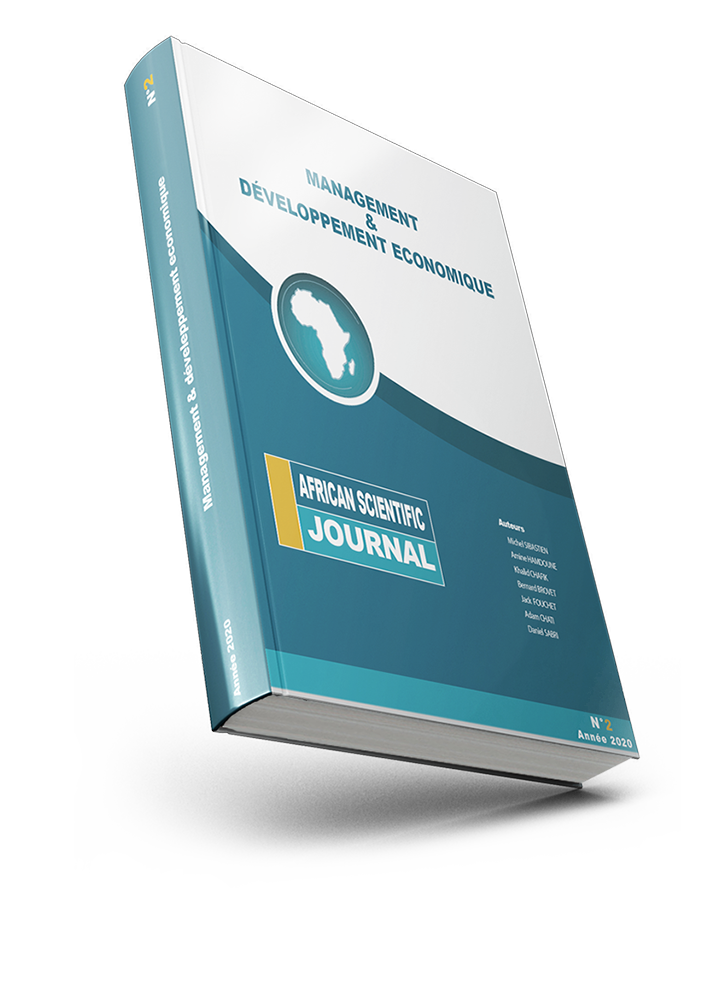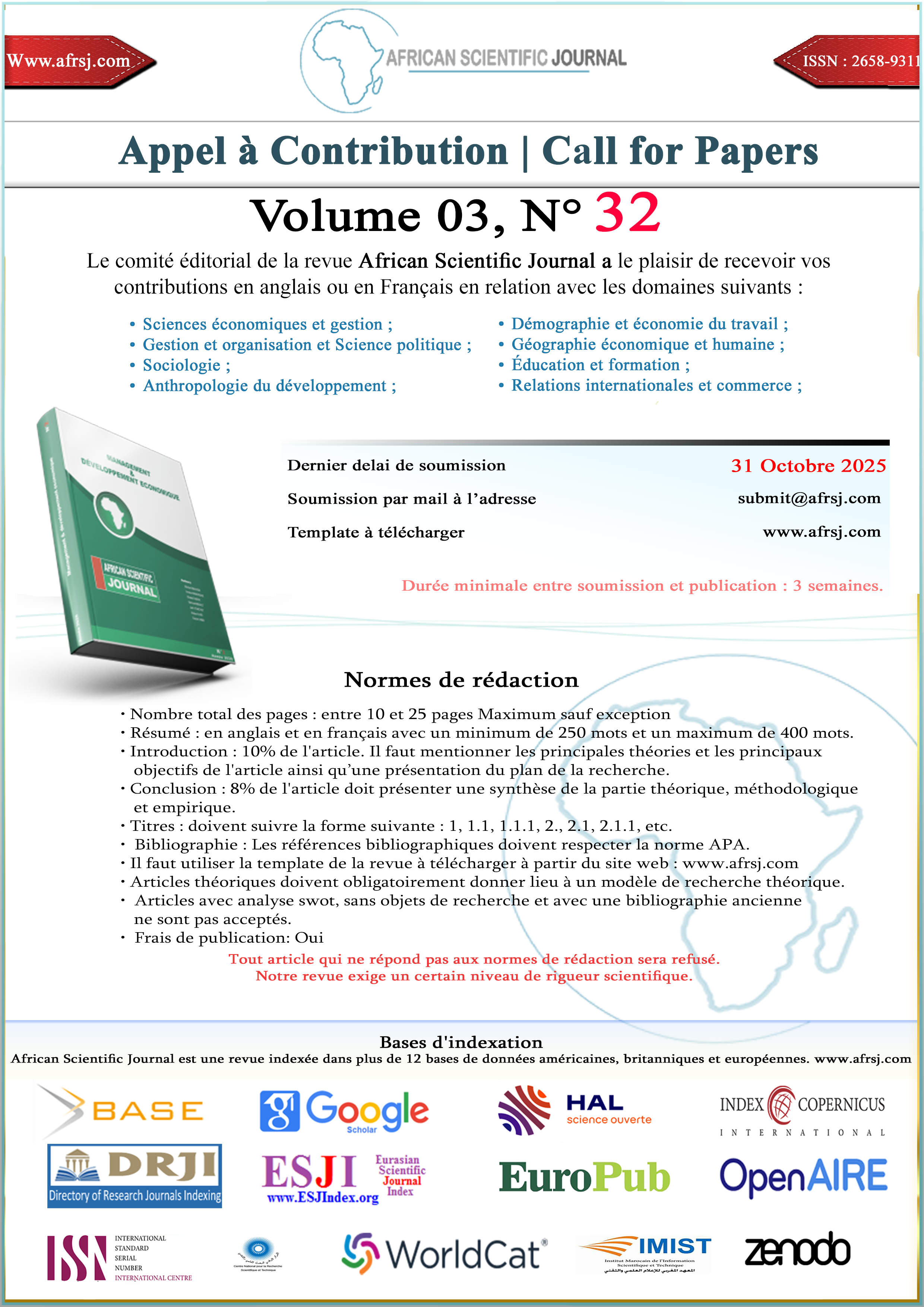The effect of a cap-and-trade policy on the economy, welfare and carbon intensity in Morocco: a dynamic computable general equilibrium approach.
DOI :
https://doi.org/10.5281/zenodo.11125035Mots-clés :
Cap-and-trade, GDP, welfare, carbon intensity, dynamic computable general equilibrium modelRésumé
Abstract:
We studied the impact of a cap-and-trade policy for the country of Morocco, on the economy, main macroeconomic aggregates, households’ welfare and carbon intensity, since this policy is one of the main policies to reduce carbon emissions and bring a solution to the problem of global warming. To do so, we used two scenarios, a scenario of 1% less emissions than the last baseline year for five years, then a second scenario of 1% less than the baseline year for two years followed by 2% less than the baseline year for three years. The scenarios were simulated using a dynamic general equilibrium model PEP (1-t), with the software GAMS.
The results showed that the policy can limit carbon emissions without affecting that much economic growth and households’ welfare, especially for the first scenario, while at the same time decreasing slightly carbon intensity which is good. Therefore, we are encouraging such a policy, especially the decrease by 1% of emissions compared to the last baseline year.
Key-words: Cap-and-trade, GDP, welfare, carbon intensity, dynamic computable general equilibrium model.
Téléchargements
Publiée
Comment citer
Numéro
Rubrique
Licence
(c) Tous droits réservés African Scientific Journal 2024

Ce travail est disponible sous licence Creative Commons Attribution - Pas d'Utilisation Commerciale - Pas de Modification 4.0 International.





















